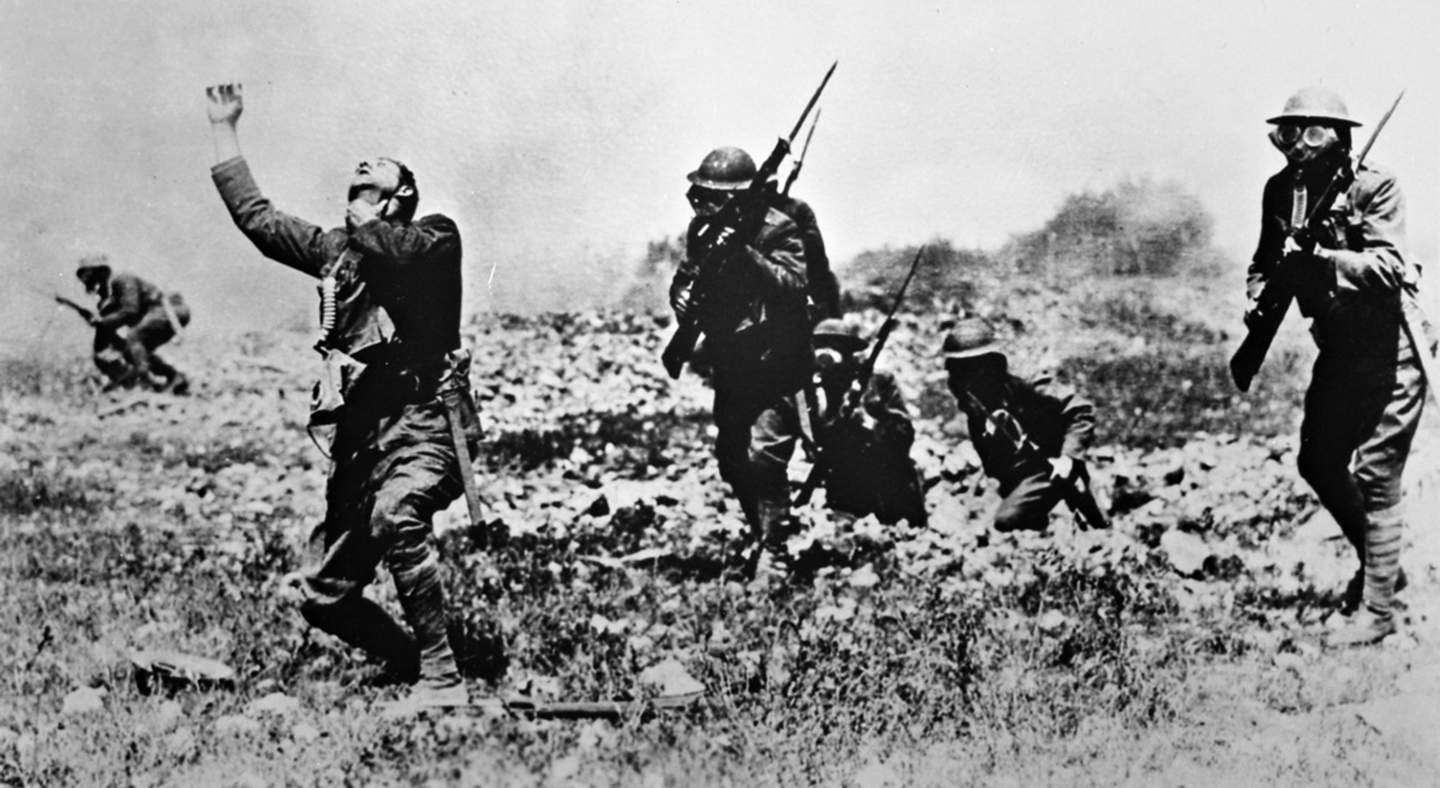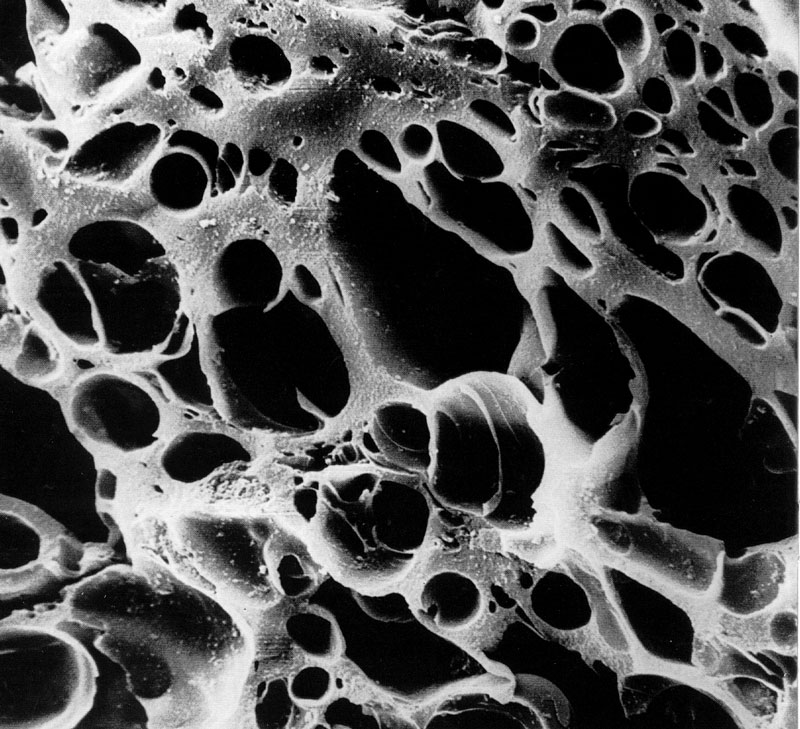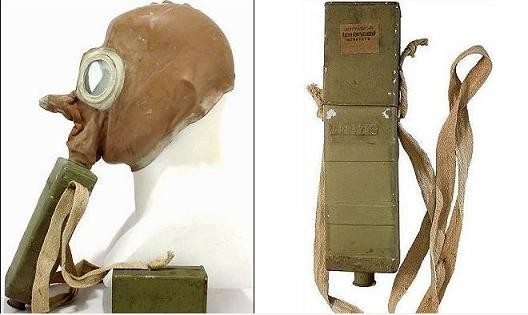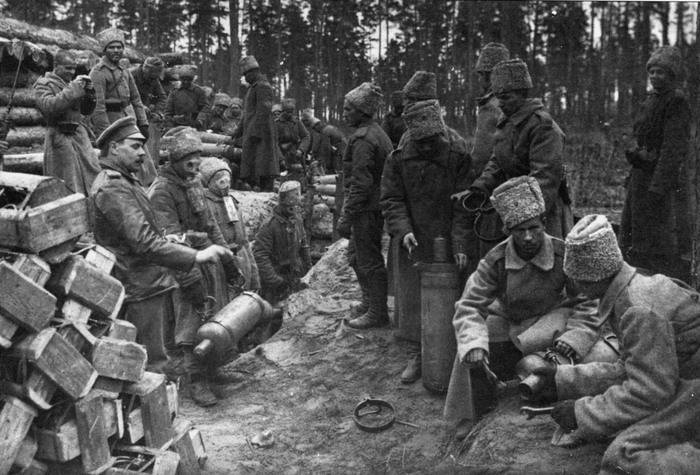In 1915, the first gas mask with the ability to absorb a wide range of toxic substances was developed by the outstanding Russian scientist Nikolay Zelinsky on the basis of the rubber mask of engineer Kummant. Like many years ago, nowadays Zelinsky gas mask is the primary foundation of the existing chemical protection.
The tragic events of the First World War, when thousands of Russian soldiers died as a result of a gas chemical attack by the German army, forced the scientist Nikolay Zelinsky to concentrate on solving the task of saving human life. At that time, wet masks were widely used for protection - fabric soaked in a solution of hyposulfite, sodium phenolate and urotropin, which were based on the chemical binding of toxic substances. However, in addition to the obvious difficulties with use in combat conditions, they protected only from a narrow spectrum of gases. Therefore, the chemists of the warring countries were actively looking for non-specific adsorbents with the greatest adsorption capacity.

Zelinsky thought that chlorine was still the most harmless gas that the German army could use. Back in 1885, during an internship in Göttingen, the scientist managed to synthesize a new substance - dichlorodiethyl sulfide. During this experiment, Zelinsky received severe burns and lay in the hospital for a long time. Indeed, soon the Germans used this so-called “mustard gas” in battle. Zelinsky wanted to help his homeland as a true patriot. He began the search for a universal chemical absorber that could clean the air of any substance that was sprayed.
Ordinary charcoal turned out to be such a substance. Its adsorption capacity was discovered by the Russian scientist T. Lovits in 1875. It was only necessary to increase its ability to absorb substances, that is, to activate it as much as possible. After many experiments, Zelinsky
succeeded. He calcined wet charcoal at high temperature. Each grain of activated carbon is a labyrinth of microscopic channels, and particles of any gas get stuck in them when it passes through. But there is an important exception to this rule - the oxygen necessary for breathing passes through activated carbon unhindered.

In the summer of 1915, Zelinsky personally conducted an experiment in St. Petersburg laboratory of the Ministry of Finance and spent several minutes in a room poisoned with chlorine and phosgene, pressing a scarf with 50 g of crushed activated carbon to his mouth and nose. And in early August 1915, the scientist first reported on the remedy he had found at a meeting of the gas mask commission in Petrograd. It remained to solve the constructive task - to create a respirator that completely isolates the respiratory organs from the environment and directs inhaled air through a layer of activated carbon.
The design of the gas mask was proposed to Zelinsky by an engineer from St. Petersburg, E. Kummant. The device was a hermetically sealed rubber mask. Zelinsky supplemented it with a box of granular activated carbon.

The scientist also conducted the first test of a ready-made gas mask personally, as did the first experiment with activated carbon. In a mask equipped with an activated carbon respirator, he was able to stay for half an hour without experiencing any unpleasant feelings. On September 3, 1915, Zelinsky’s colleague at Moscow University M. Shaternikov was in this gas mask in a chamber with a mixture of chlorine and phosgene for 50 minutes without any harmful health effects.
The very first tests confirmed that Zelinsky gas mask is more effective than all other means and systems of chemical defense. It remained to provide the army with a new reliable means of protection. But the introduction of this simple and effective device was delayed for six months. All this time, Russian army suffered heavy losses from the effects of toxic gases.
In early 1916, Zelinsky addressed to the Headquarters of the Supreme Commander-in-Chief of the Russian Army, headed by Emperor Nicholas II. On February 3, 1916 tests were carried out on all the main means of protection against toxic gases. S. Stepanov, a long-term employee of N. Zelinsky, spent more than an hour in the poisoned atmosphere of chlorine and phosgene in Zelinsky's gas mask, which was an absolute record. The Zelinsky-Kummant gas mask was adopted by the Russian army. All other gas masks were withdrawn from use.

“Don’t be afraid to use my gas mask! It will save you from any gases” - the scientist said. This gas mask saved the lives of millions of soldiers and officers of the Russian army.
Zelinsky did not receive any award from the government. However, no one could deprive him of the most important reward, which, as he said, “he wore in his heart” - the realization that he could save millions of human lives from death.


